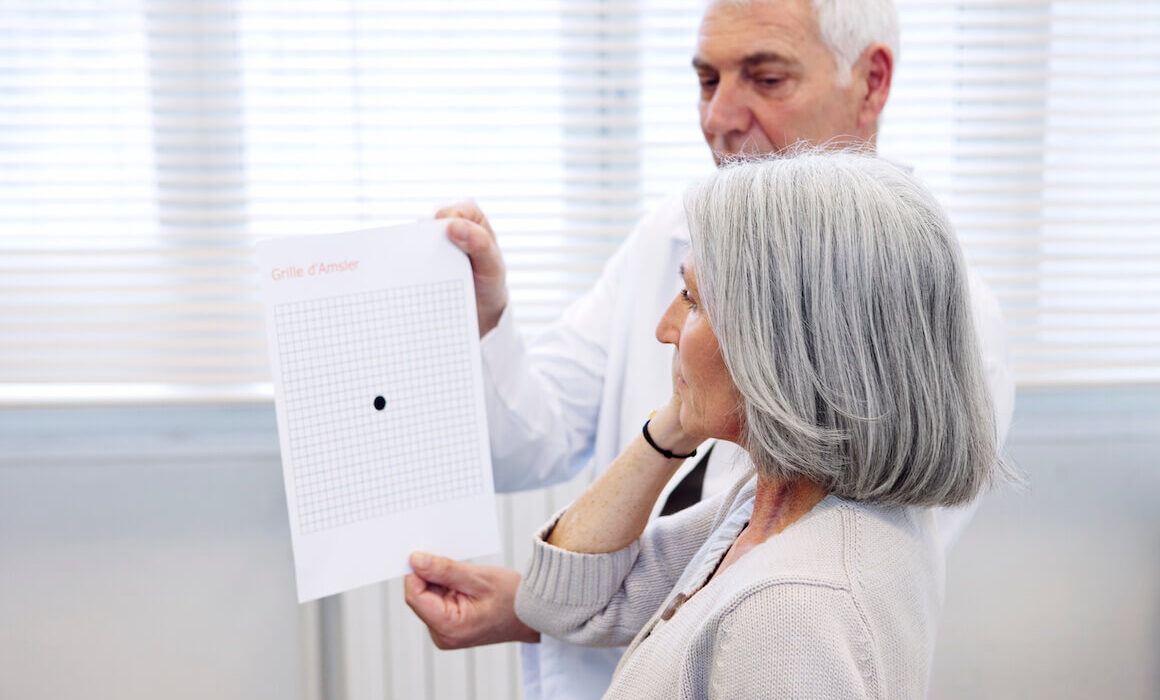Novel AMD Treatment Holds Potential to Prevent Blindness
Published by www.israel21c.org on March 19, 2024.

About 200 million people worldwide suffer from age-related macular degeneration (AMD), and that number is expected to increase to nearly 300 million by 2040.
AMD is an eye disease that can blur central vision. It is the leading causes of blindness in Western countries, where people live long enough to experience such “first world” ocular issues. One in eight Westerners over the age of 60 can expect to develop AMD.
Already in 2021, the market for AMD treatment was estimated at $7.4 billion. The United States made up 52% of that market, the European Union 41% and Japan just over 7%.
There are two stages to AMD: dry and wet. Dry AMD comes first. There’s no worry of imminently losing sight at this point, but there is no treatment for it.
Wet AMD (also called “neovascular” or “exudative” AMD) comes later, when newly created blood vessels leak fluids into the retina – that’s why it’s called “wet” – producing visual distortion initially and, ultimately, a possible complete loss of vision.
Treatment for wet AMD currently centers on blocking VEGF (anti-vascular endothelial growth factor) signaling pathways using medication injected directly into the eyes monthly or every few months.
Anti-VEGF treatments include Lucentis, Eylea and Avastin; the latter is a drug used to treat colorectal cancer, but it also works in the eyes – and for a considerably lower price: $50 a shot vs. $2,000 for the other options.
Even with this gold standard, “Not everyone responds to anti-VEGF therapy,” says Prof. Ofra Benny, cofounder of Orsight Pharma, a startup that is developing a new treatment for wet AMD.
Keep reading at israel21c.org.
Orsight Pharma Co-founder and CTO Marianna Truman is a Technion alumna.